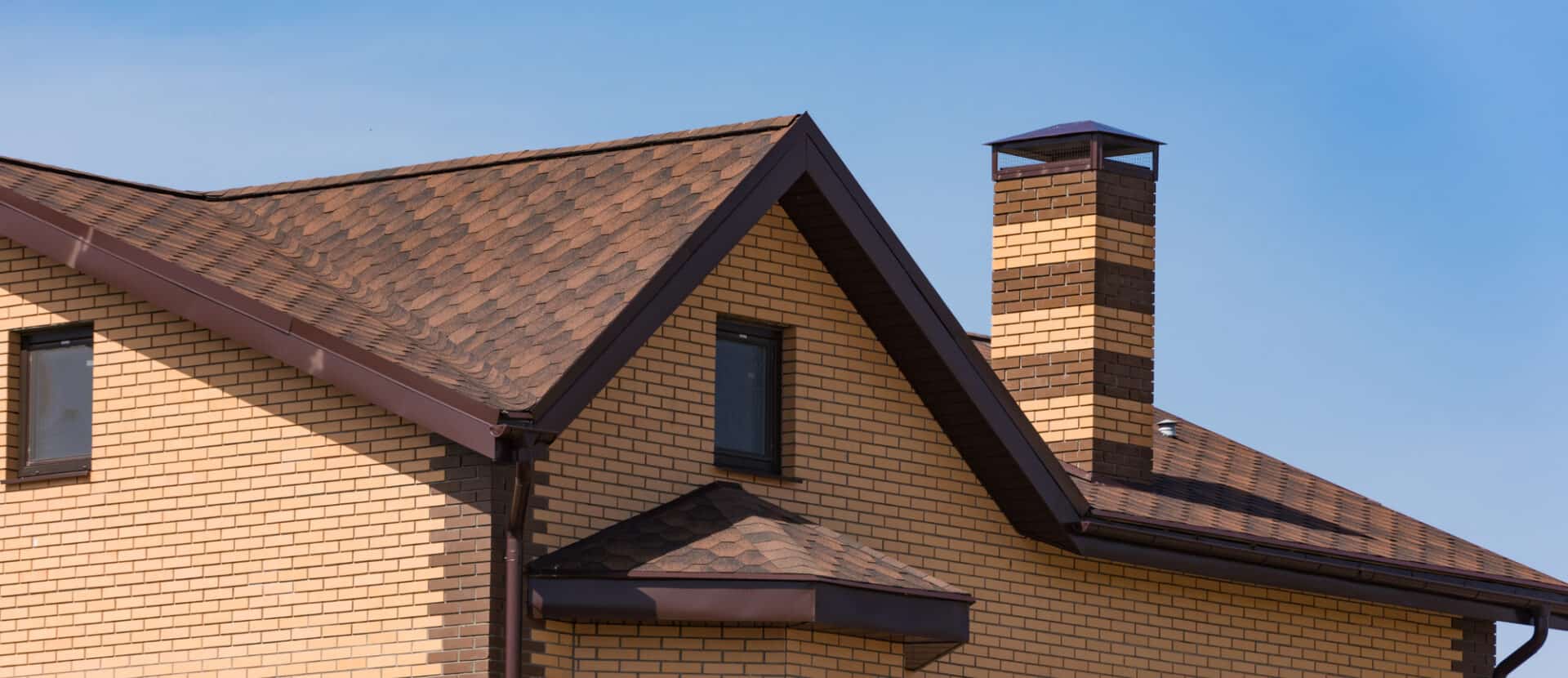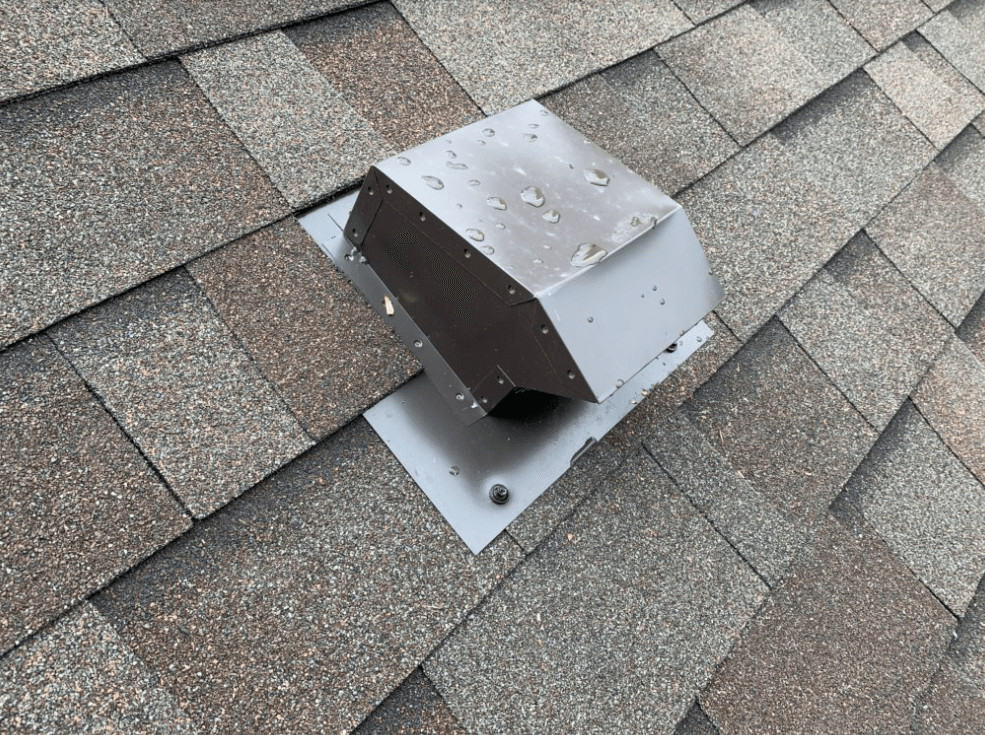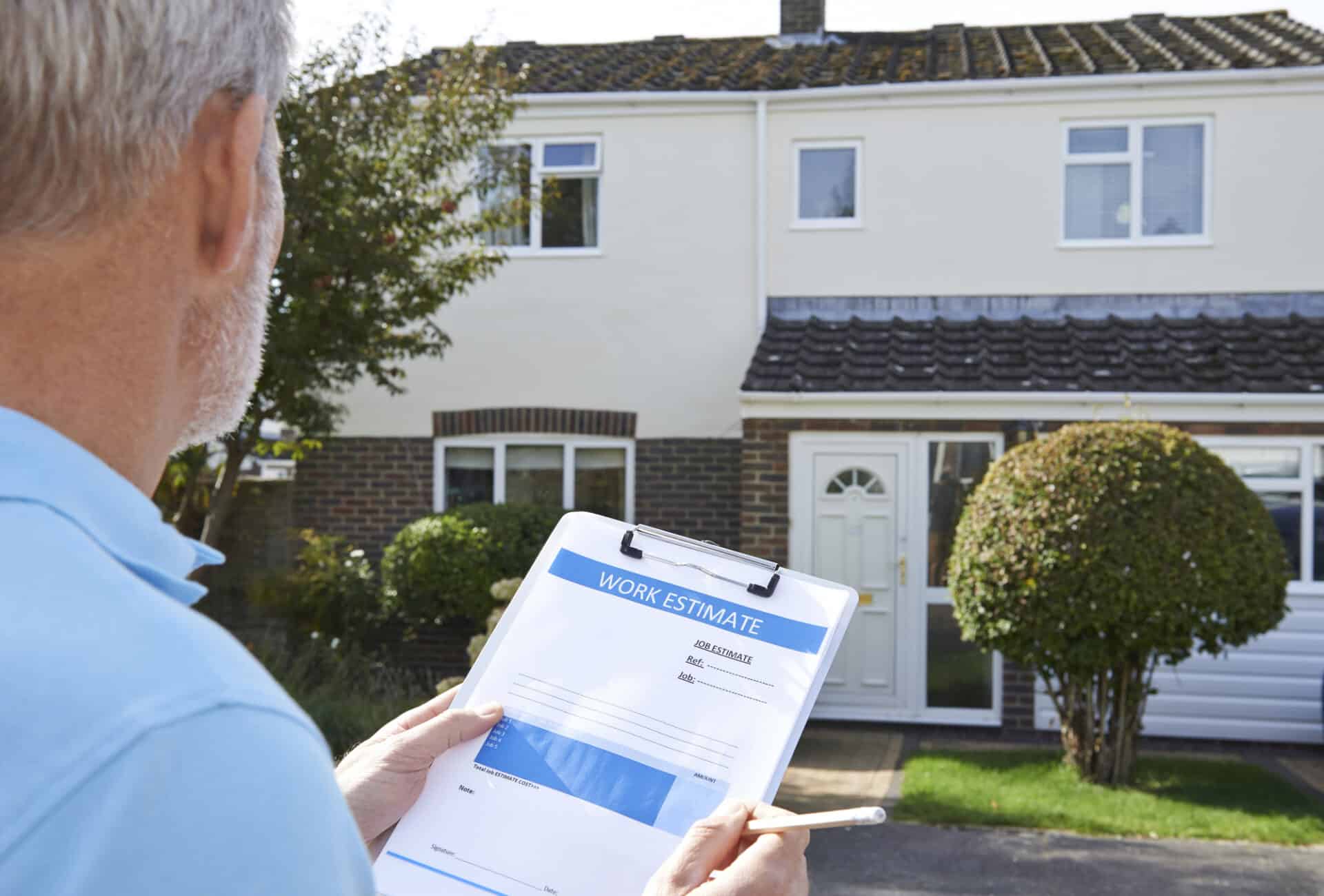On your roof there are a number of materials used that hide beneath the surface and play a very important role in the roof’s ability to shed water and protect your home. One of these materials is starter shingle.
Starter shingle should be installed around ALL edges of your roof. To meet code, technically it only needs to be installed on the bottom eaves, but there are some big benefits to installing it up the rake edges as well (also known as gable edges).
What Is Starter Shingle And What Does It Do?
If you’ve ever seen a roof being installed you’ll notice that the roofers install them in a “staircase” pattern. This is to prevent water from seeping through the seams between each shingle and into your home. The top half of the shingle below catches any water that flows into the seams between shingles and directs it down the roof rather than letting it into the home.
Starter shingles go on under the first row of shingle. Since that row doesn’t have a shingle below it to protect the seams, the starter shingles act as that barrier.
On the rake (gable) edges of the roof, starter has 2 functions:
First, to provide a nice straight line to cut shingles on. This will give you a nice straight edge when looking up at the roof from the ground. Without a starter strip on the edges, you can see each shingle and the cuts can appear more jagged and less finished.
Second, starter shingles up the rake edge will help prevent blow offs. As we’ll explore a little further down, a good starter shingle will have a tar strip located on one side of it. This will adhere to the shingles installed above it and hold them down, preventing wind from lifting them up and potentially blowing them off.
Differences Between Starter Shingles – Which Is Best?
In the past, many have used the tops of shingle as starter. They just cut the tops off of shingles and laid them down. Or some would even put on a shingle upside down to save the labor of cutting each one. While this may work to keep the water from flowing through the seams of the bottom shingle, it’s not the ideal solution.
Ideally, starter shingles should be specially made to be used as starter. These starter shingles will have a tar strip on the bottom to help hold the edges of the roof down and prevent blow-offs.
Also, the best starter shingles to use should run at least 2″ up the roof under the bottom of the second shingle. This will prevent wind-driven rain from traveling up the seam in the first shingle and up past the starter into the home. This is one of the main reasons we use CertainTeed’s starter shingle. It is 7 5/8″ wide, which gives a good 2″ of headlap to prevent wind-driven rain from getting into the home. Other products like GAF’s starter is only 6 1/2″ wide, which leaves less than an inch of overlap between the shingles.
Plus since we use CertainTeed’s other products, using their starter as part of the whole roof system will automatically upgrade the wind warranty they give you to 130 mph – which will cover you in anything short of a hurricane!
Contact Us Today
If you need a new roof in Post Falls, ID, call the experts at New Heights. We will come out and give you a quote for a roof installation.




